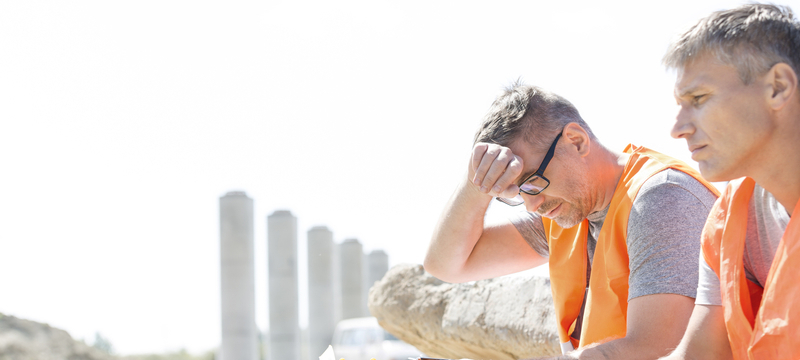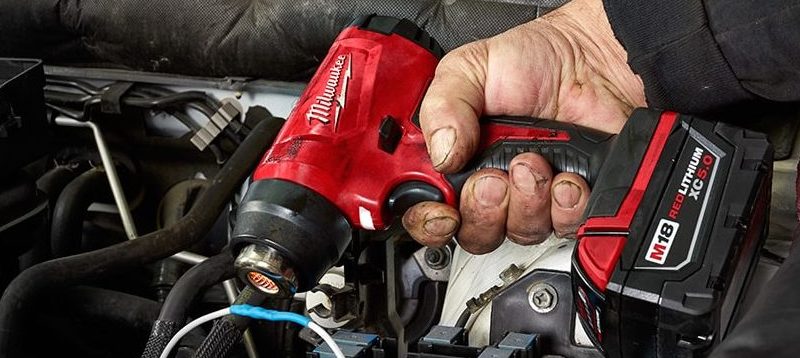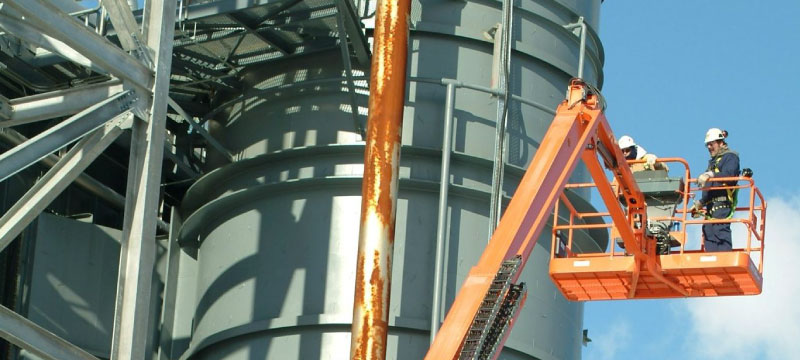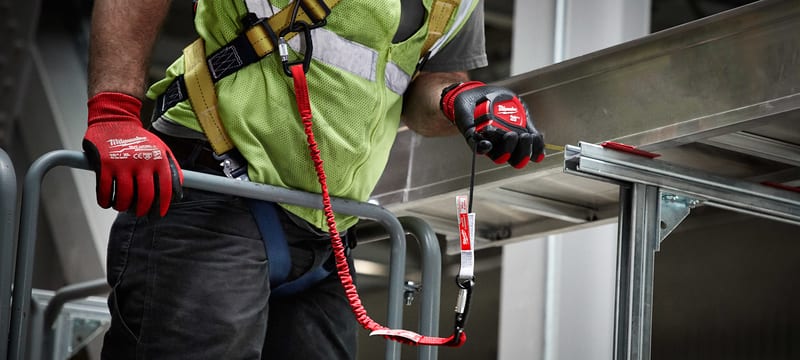Summer is here, and the sun is shining, a great relief from the cold winters we experience here in the Midwest. But with a bright and shining sun also comes danger for those who work outdoors. When working out in the summer sun, you risk exposure to high heat, high temperatures, and humidity in some areas. If left unattended, the high temperature will lead to heat illness and can worsen as time goes on.
What is Heat Illness?
Heat illness, also known as heat stress, is a reaction to your body after over-exerting itself on a hot day.
What is Considered Heat Illness?
Heat Illness falls into five different ailments: heat rash, sunburn, heat cramps, heat exhaustion, and heat stroke.
What Happens?
The lowest illness, heat rash, is a mild irritation to the skin and is easily treatable. Next on the list is sunburn, which is painful and can leave blisters on the skin and can leave some people bedridden, depending on the severity. Heat cramps follow, causing muscle pains and/or spasms, along with heavy sweating.
After Heat Cramps, the severity of the situation multiplies as the next level is heat exhaustion. This sickness is visible as you go pale and cold, feel nauseous, and suffer from dizziness. If left ignored, you risk heading into a heat stroke where your body temperature is 103°F or higher. If this happens, call 911 immediately, move the person into a shaded or covered area, and try to cool them off, but do not give them anything to drink.
Who Does this Affect?
Heat Illness is an issue for anyone who works outdoors, in tight, cramped areas, and in buildings without air circulation — people who work in distribution centers, construction, roofing, HVAC, and even landscaping jobs. People who are also more at risk are anyone at the age of 65 or older.
How to Prevent Heat Illness?
The most important way to prevent heat-related illnesses is to stay out of the heat on hot days. Depending on your work, that might not be an option, so some other methods would be to drink water regularly, NOT ONLY WHEN YOU’RE THIRSTY. Drink frequently; if your body is telling you to drink, you’ve already passed the safe point. That’s when you take a break until you are hydrated.
Another option on more significant job sites is to rotate workers to help spread outbreaks while still getting the same amount of work done. Additionally, there should be space where cool air can be circulated or fans and cold water readily available around the site.
Products to Use
Some handy objects have been made by companies in the industry to help prevent heat illnesses and are pretty helpful. You have cooling hats that can be worn under your hard hat or as a hat. Some of them have impressive features that use your sweat to help cool you off, and others incorporate sweat into your daily work gear.
Cooling Towels
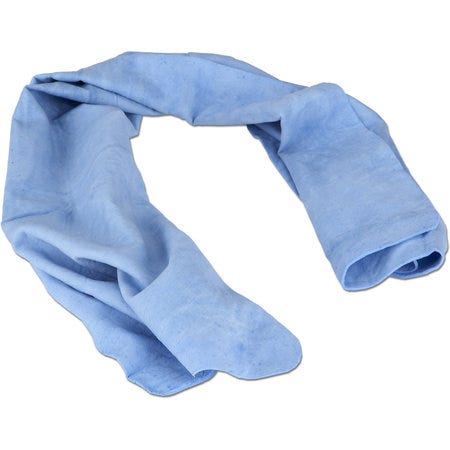
More than just your average towel, this piece of cloth actually feels more relaxed than the surrounding air. It does this by using water from a faucet, water bottle, or bucket and soaking it for one minute or until it is saturated. The PVA material in the towel creates a cooling sensation as the water evaporates.
Evaporative Cooling Vests
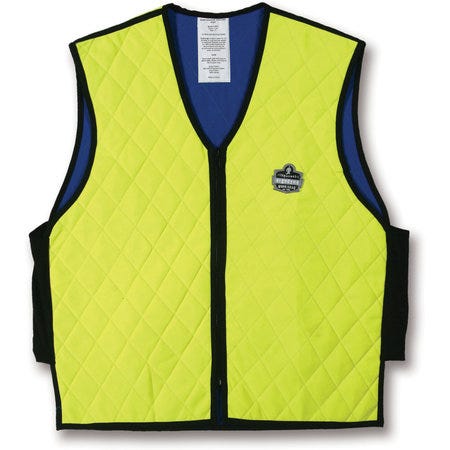
For workers who need to maintain a cool body temperature but maintain high visibility on the job site, a cool vest is their best choice. These vests come in two variations: either submerge it in water or have water poured into the vest itself. Either way, the vests offer hours or up to days of cooling ability.
Hard Hat Brim with Shade
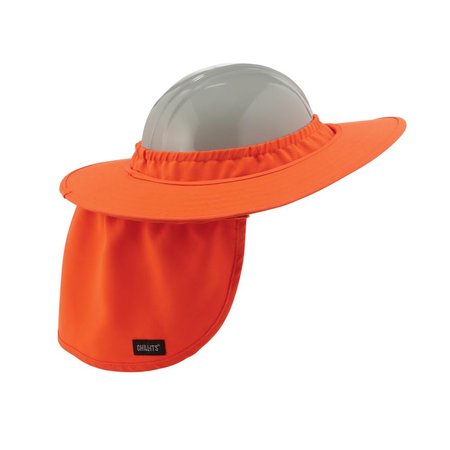
You must wear a hard hat that protects you from debris, not UV rays at certain sights. This attachment protects your neck and vision on any hard hat without getting in trouble with the foreman or the safety inspector.
Bandannas
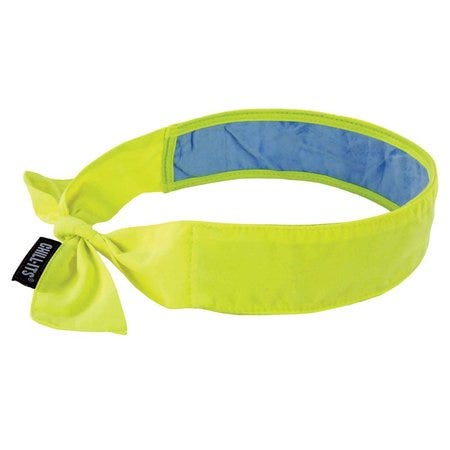
Like the Cooling Towel, soak the headband in water and wring it out. Afterward, place it on your head and secure it. Maintaining a cool head isn’t just a metaphor for being relaxed. Your head contains major blood vessels that travel through your body. So, keeping your head and neck cool is crucial.
Final Thoughts
Heat Illness is a dangerous symptom of working outside. But if you take precautions and stay hydrated, you reduce the risk. Then, adding cooling gear will keep you working no matter how hot the day. At Acme Tools, to do your best work, you have to be able to work comfortably.
For more information, the CDC and OSHA have articles that clarify what to look for and what to do to reduce the risk of Heat Illness.

